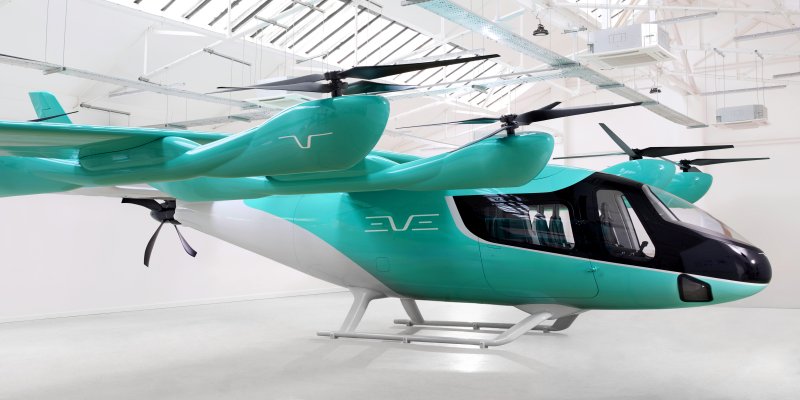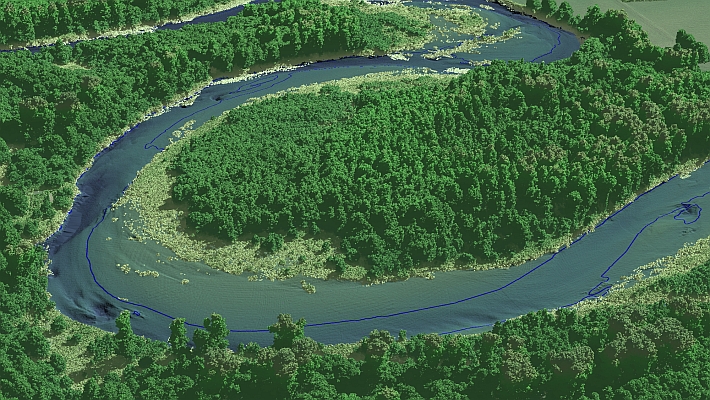The Russian Reshetnev Company has sent the first of three GLONASS-Ms satellites scheduled for a blast next month to the Baikonur spacedrome and launch pad in Uzbekhistan. Two more satellites will follow in late August and early September, and all will rise on September 25, according to plan.
The GLONASS constellation lost one satellite recently. Set unhealthy since April 30, GLONASS 795 in slot 4 and operating on frequency channel 6 was withdrawn from service on August 18. This leaves the constellation with 19 functioning satellites with one set unhealthy since June 18.
A second set of three Glonass-M are to be launched in December, thus providing six more satellites to enlarge the constellation. Barring further on-orbit failures, this could yield 99.97 percent global availability of three-dimensional positioning – effectively full operational capability status – earlier than the planned date, end of 2010. However, older satellites may continue to show the short lifespans which have plagued the constellation.
Another two group launches in 2010, of three GLONASS-M satellites in September and two M and one K in December, would achieve full operational capability of 24 spacecraft.
Grandstanding. Anatoly Shilov, Roscosmos deputy head, told Russian journalists recently that expansion of the GLONASS constellation will bring the system on a par, or nearly so – or perhaps even more so – with GPS.
In-Country Use. Meanwhile, although 51 Russian regions currently implement GLONASS-projects, these are mainly in the field of city public transportation and emergency services. Shilov said that Roscosmos currently has orders for 60,000 GLONASS-navigators, in particular, 23.000 GLONASS-navigators ordered by the Republic of Tatarstan.
Some Russian experts consider these regional projects of low efficiency, most of them are simply monitoring systems consisting of GLONASS-navigators and an electronic map of a region. There are no features for management that enable maximizing transportation efficiency.
Russian Global Network and SBAS. At the June 30 International Committee on GNSS working group on interoperability, Dmitry Marareskul, head of the onboard satellite navigation sector of Reshetnev Corporation announced plans to expand GLONASS monitoring stations to include sites in Australia, Cuba, and South America. Roscosmos seeks ground monitoring stations outside
Russia in improve GLONASS integrity, accuracy, and reliability.
Russia also plans a GLONASS System of Differential Correction and Monitoring covering the Russian Federation – a satellite-based augmentation system cut from the same pattern as the U.S. Wide Area Augmentation System and the European Geostationary Navigation Overlay Service. The SDCM would perform integrity monitoring of both GPS and GLONASS satellites as well as provide differential corrections and analyze GLONASS system performance.
Spokespersons claimed that the SDCM would provide real-time differential corrections with horizontal positioning accuracy of 1-1.5 meters and vertical accuracy of 2-3 meters. A centimeter-level real-time precise positioning service would be available within 200 kilometers around base stations. Russia plans to launch two geostationary satellites in 2010 and 2011 to support SDCM, and will position them at 16 degrees west longitude and 95 degrees east, respectively.
Modernization. The first GLONASS-K flight test model in December 2010 will broadcast the new code-division multiple access Russian civil signal at the GLONASS L3 frequency, 1201.4 MHz.
Open CDMA signals at L1 and L5 will be eventually accrue added to later, operational GLONASS-K spacecraft, making GLONASS more compatible and interoperable with GPS and possibly Galileo by that time. Current GLONASS frequency division multiple access signals at the upper L1 frequencies make this more problematic.
Protect Mother Russia, Mother Industry. In July, Russian press reports stated that the Ministry of Industry and Trade had proposed raising import duties on GPS receivers from 5 percent to 50 percent, with the goal of stimulating their production in Russia. Currently, Russian models are 10 times more expensive.






